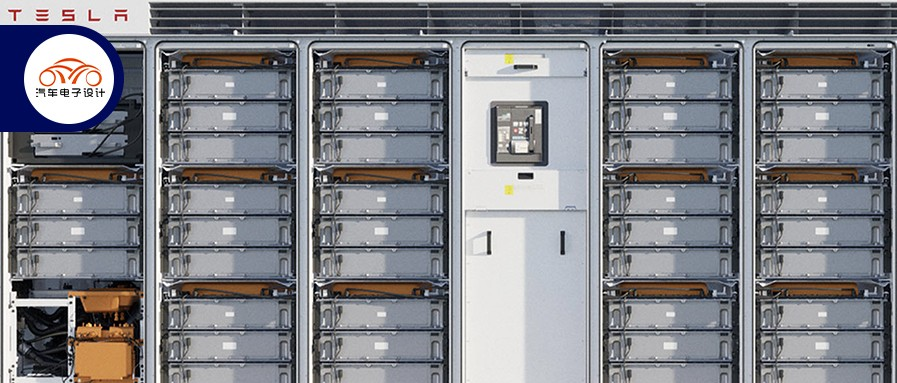Author: Zhu Yulong
Tesla caught fire again. This is related to the Mega Pack. Let’s take a look at the overall volume of Tesla’s Powerwall and Mega Pack. As they expand their deployment in the United States, there have been repeated fires, similar to what is happening in Korea. I think there are a few factors contributing to this:
- Chemical System Conversion: Tesla’s energy storage is shifting from ternary systems to lithium iron phosphate, considering both cost and safety.
- Improved Safety System: Since the fire incidents with the energy storage system in Korea, safety has been of concern. The unmanned setting of the system eliminates personal accidents, but the frequent fires intensify pursuit of a safer system.
Despite the safety concerns, overall, the energy storage business has become a new growth engine and an important business unit supporting lithium-ion batteries. In the future, it will compete for resources with the power battery industry and also serve as an important hedge against risks for battery companies.
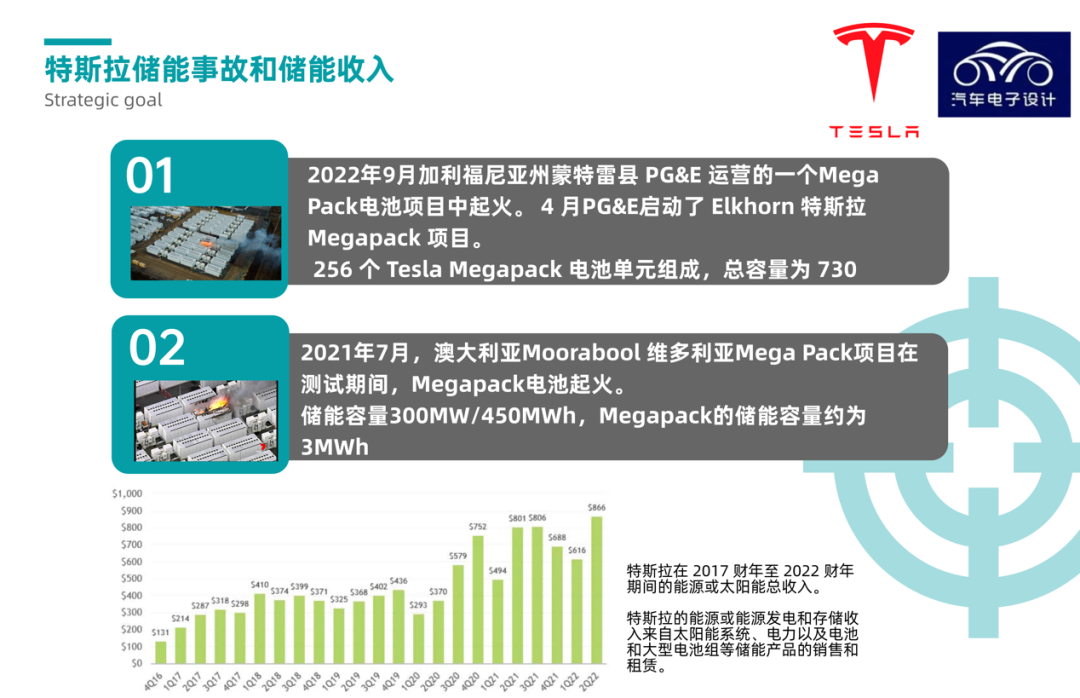
Tesla Energy Storage System Accidents and Structural Analysis
Looking at Tesla’s energy storage deployment, the data has been on the rise. From a product structure perspective, it is mainly divided into Tesla Powerwall, Powerpack, and Mega Pack, targeting individuals, individual businesses, and energy utilities.
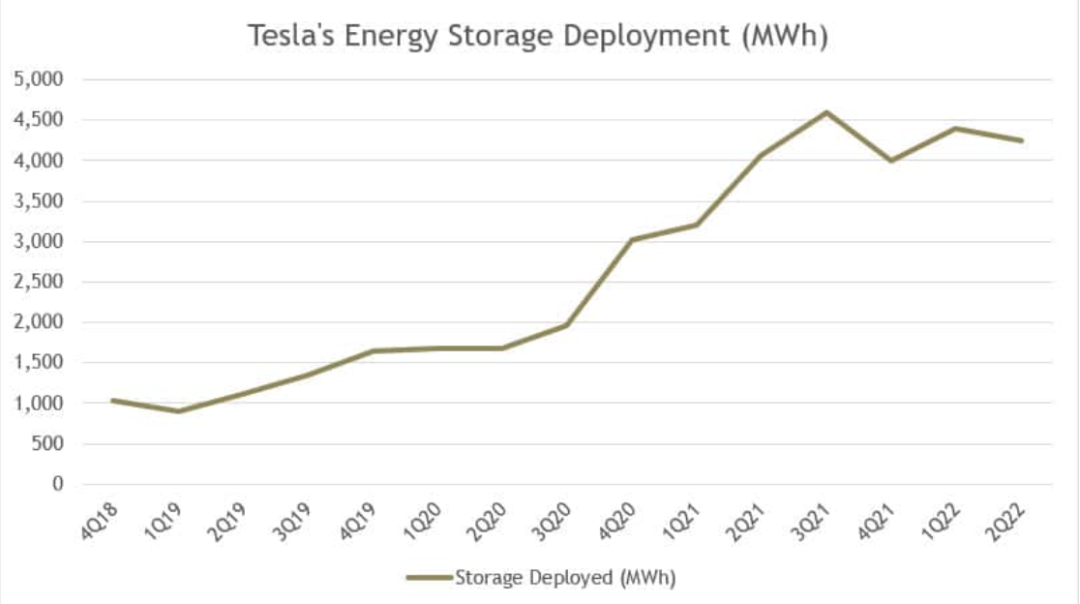
Tesla’s energy storage system fires mainly occurred in the United States and Australia. In September, there was a fire in a Mega Pack battery project operated by PG&E in Monterey County, California. In April, PG&E launched the Elkhorn Tesla Megapack project. The project is composed of 256 Tesla Megapack battery units with a total capacity of 730MWh.
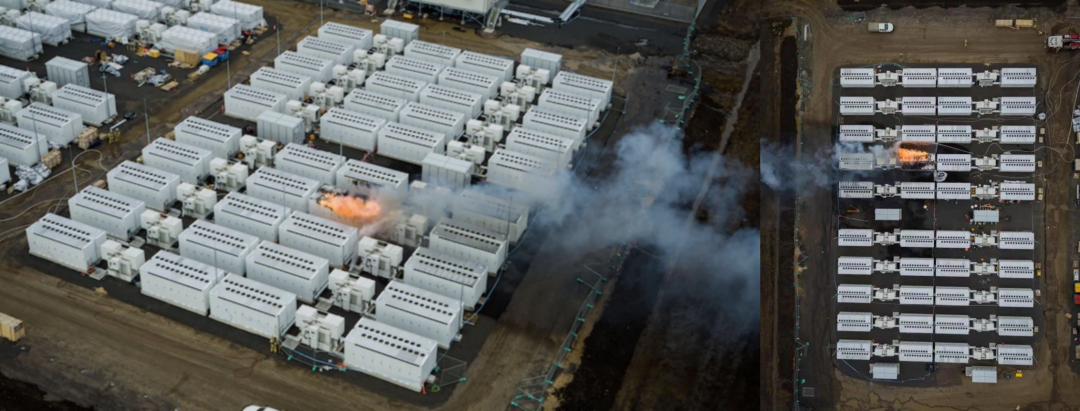 If we take a look at the safety design of the MegaPack developed by Tesla, it indeed covers aspects at the cell, module, and system levels.
If we take a look at the safety design of the MegaPack developed by Tesla, it indeed covers aspects at the cell, module, and system levels.
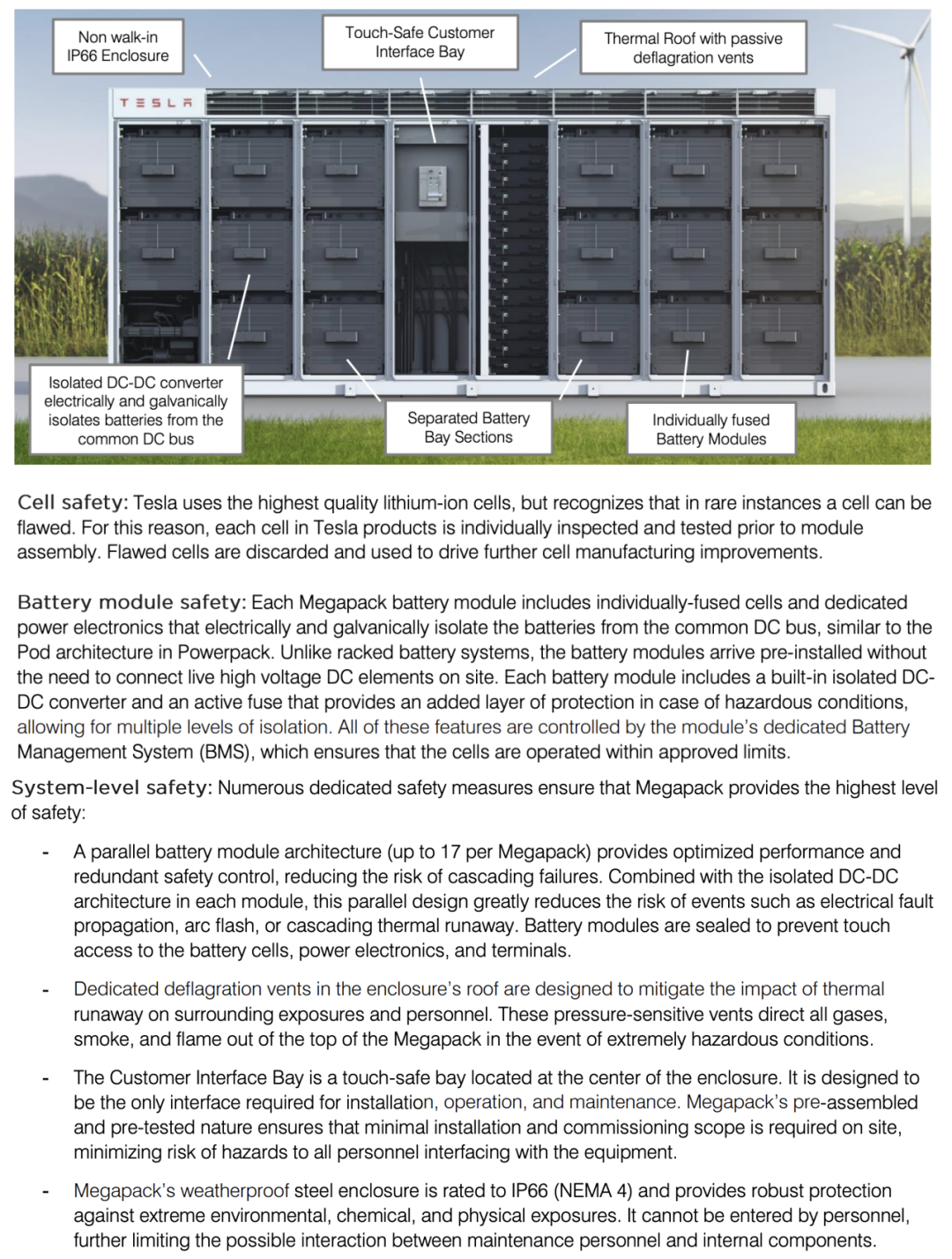
From a macro perspective, accidents in energy storage power plants can be classified as defects in the battery system, insufficient redundancy of protective system for electrical faults, inadequate management of operational environment, and a lack of integrated management system for energy storage.
-
Battery Considerations: This is generally caused by thermal runaway of the battery, which is due to the defects in the battery manufacturing process and the degradation of energy storage system safety caused by battery aging. But this situation is not very common in Tesla’s small battery and disconnection mechanisms.
-
External Stimulus Factors: This mainly includes problems caused by current shock due to insulation failure and external short circuits, as well as thermal shock caused by high temperature of external components other than the battery, and the thermal runaway propagation process triggered by a certain battery’s thermal runaway.
-
Operating Environment Factors: Although energy storage involves small currents, the management of the operating environment is quite complex. If not properly managed, it will gradually affect the reliability of the battery and system.
Moreover, the whole digital operation situation should be taken into account.
Safety Iteration of Energy Storage Systems
From the perspective of safety and service life, Tesla indeed switched from the use of 3C small battery to large battery with lithium iron phosphate chemistry. Both Powerwalls, Powerpacks, and Megapacks will use lithium iron phosphate batteries.
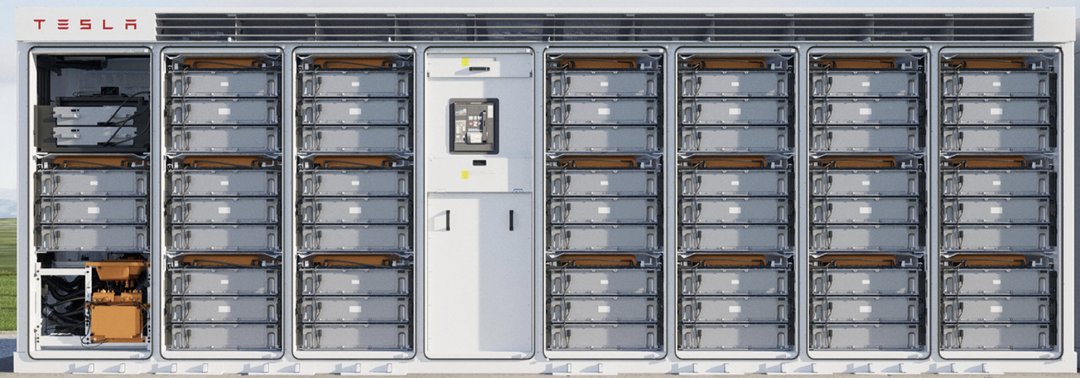
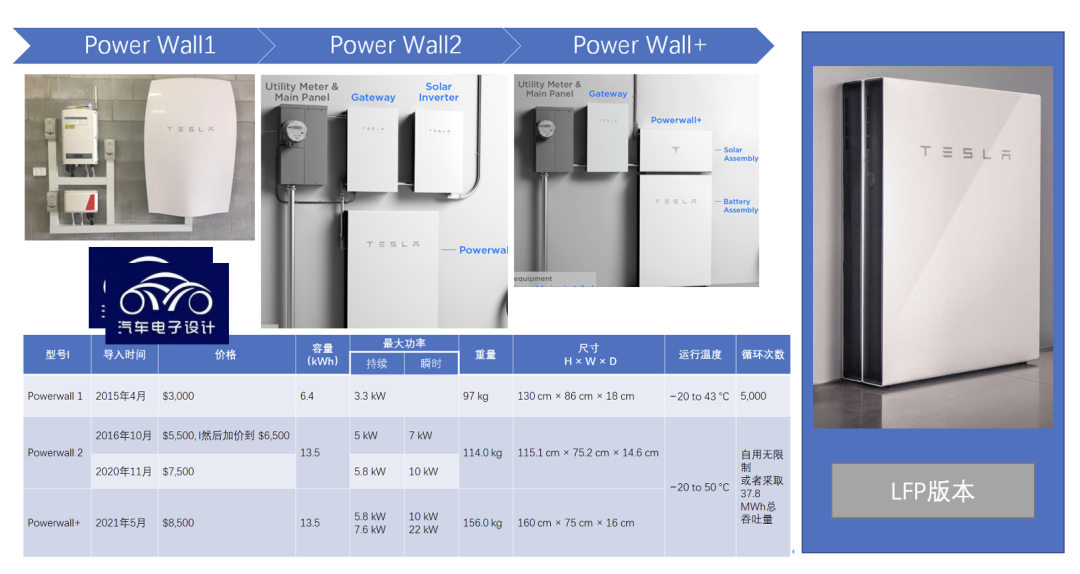
The first-generation energy storage design adopts an embedded module design, which uses NCA 18650 cells arranged in parallel like Model S modules, and the water-cooled pipes are introduced on both sides of the box. The electronic components including the inverter and BMS are arranged in the front compartment.
The subsequent evolution is a module-free design that encapsulates all the cells into one large block. On the right is the new design, which cancels the water cooling system at the system level, the cells are placed together and then bonded as a whole.Up to now, the plan to import domestic lithium iron phosphate shell batteries has been gradually adopted in Tesla’s design, as shown in Figure 7.
Summary: From the current perspective, there are several preliminary conclusions on the development of energy storage:
-
High energy density cells are objectively unable to bear greater abuse. From the perspective of lifespan and safety, the use of more durable lithium iron phosphate is a good solution based on the experience of large-scale energy storage attempts in China.
-
In most cases, large cells have a natural advantage over small batteries in the field of energy storage, and the rate of energy storage is much lower than that of automobiles. Therefore, going for the large cell route is more advantageous in terms of efficiency, cost, and characteristics.
-
Comprehensive thermal management is very helpful for lithium iron phosphate, maintaining a stable temperature is the key to ensuring the lifespan of energy storage. In extreme situations, rapid cooling of lithium iron phosphate can also delay potential thermal safety incidents.
This article is a translation by ChatGPT of a Chinese report from 42HOW. If you have any questions about it, please email bd@42how.com.
